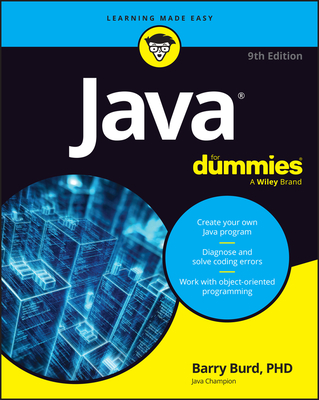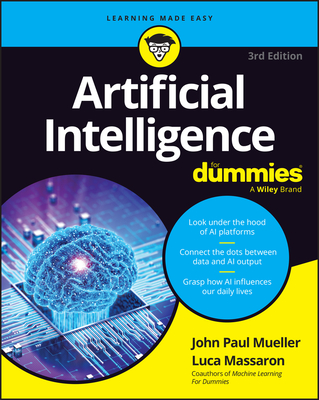MEAN JavaScript Technology Stack Training in Las Vegas
Enroll in or hire us to teach our MEAN JavaScript Technology Stack class in Las Vegas, Nevada by calling us @303.377.6176. Like all HSG
classes, MEAN JavaScript Technology Stack may be offered either onsite or via instructor led virtual training. Consider looking at our public training schedule to see if it
is scheduled: Public Training Classes
Provided there are enough attendees, MEAN JavaScript Technology Stack may be taught at one of our local training facilities.
|
We offer private customized training for groups of 3 or more attendees.
|
||
Course Description |
||
| What is Mean Stack? Our Mean Stack course goes in depth to answer this question. MEAN [MongoDB, Express, Angular, and Node.JS] represents a new breed of software platforms that creatively leverage a stack of production-ready technologies centered on JavaScript. This intensive training course introduces the students to the essential concepts, design principles, idioms, and techniques behind the efficient use of the MEAN JavaScript Technology Stack. Upon completion of this training course, students will have a solid understanding of MEANS’ value proposition; they will also gain practical experience working with all the components of the MEAN stack. This high-octane training course is supplemented by hands-on labs that help the students reinforce their theoretical knowledge of the learned material.
Course Length: 5 Days
Course Tuition: $2250 (US) |
||
Prerequisites |
|
| None | |
Course Outline |
|
Course Directory [training on all levels]
Technical Training Courses
Software engineer/architect, System Admin ... Welcome!
- .NET Classes
- Agile/Scrum Classes
- AI Classes
- Ajax Classes
- Android and iPhone Programming Classes
- Azure Classes
- Blaze Advisor Classes
- C Programming Classes
- C# Programming Classes
- C++ Programming Classes
- Cisco Classes
- Cloud Classes
- CompTIA Classes
- Crystal Reports Classes
- Data Classes
- Design Patterns Classes
- DevOps Classes
- Foundations of Web Design & Web Authoring Classes
- Git, Jira, Wicket, Gradle, Tableau Classes
- IBM Classes
- Java Programming Classes
- JBoss Administration Classes
- JUnit, TDD, CPTC, Web Penetration Classes
- Linux Unix Classes
- Machine Learning Classes
- Microsoft Classes
- Microsoft Development Classes
- Microsoft SQL Server Classes
- Microsoft Team Foundation Server Classes
- Microsoft Windows Server Classes
- Oracle, MySQL, Cassandra, Hadoop Database Classes
- Perl Programming Classes
- Python Programming Classes
- Ruby Programming Classes
- SAS Classes
- Security Classes
- SharePoint Classes
- SOA Classes
- Tcl, Awk, Bash, Shell Classes
- UML Classes
- VMWare Classes
- Web Development Classes
- Web Services Classes
- Weblogic Administration Classes
- XML Classes
Business Training Courses
Project Managers, Business Analysts, Paralegals ... Welcome!
Upcoming Classes
Gain insight and ideas from students with different perspectives and experiences.






